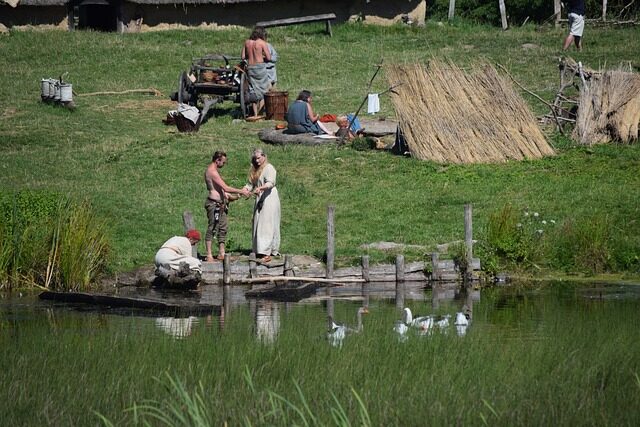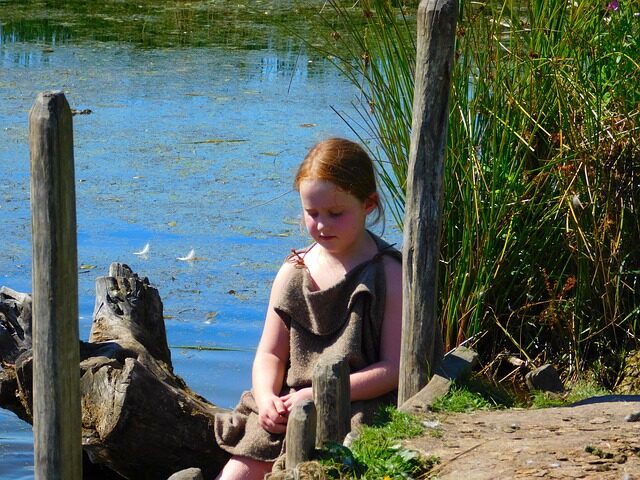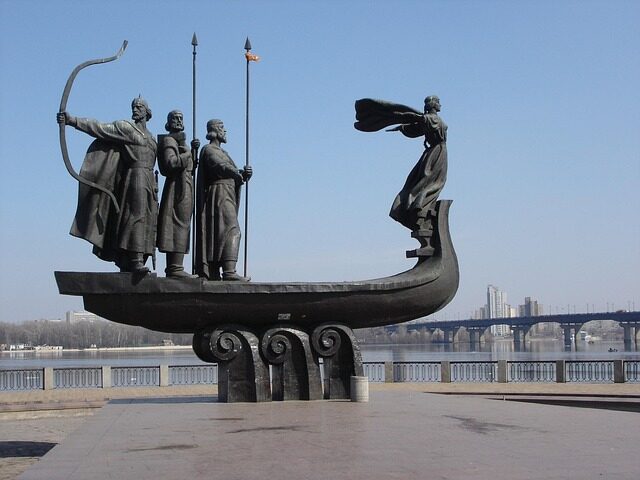The Vikings, originating from the harsh, unforgiving landscapes of Scandinavia, have left an indelible mark on history. Their saga, spanning from the late 8th to the late 11th centuries, is a tapestry of exploration, conquest, and cultural exchange woven into the modern identity of Europe.
Who were the Vikings and where did they come from?
The Vikings were a seafaring people from Scandinavia, which encompasses the modern countries of Norway, Denmark, and Sweden. Their adventurous spirit, driven by necessity, curiosity, and the lure of wealth, propelled them to venture beyond their homelands. These Norsemen were not a unified nation but rather a collection of tribes and clans bound together by language, culture, and a pantheon of gods and myths.
As they set sail across the seas, the Vikings established themselves as traders, raiders, and settlers. Their impact was such that the term ‘Viking’ has become synonymous with the warriors and explorers of this era, who, despite their reputation for violence, were also skilled craftsmen, shrewd merchants, and intrepid explorers.
With their advanced seafaring technology, such as the iconic longships, the Vikings could navigate the open ocean and shallow rivers alike, allowing them to reach distant shores and leave their mark on history.
When did the Viking age begin and end?
The Viking Age is generally considered to have begun with the Lindisfarne raid in 793 AD, a harrowing attack on the monastery on the coast of Northumbria, England. This event not only sent shockwaves through Europe but also marked the start of a period of expansion that would last until the end of the 11th century.
The end of the Viking Age is often associated with the Battle of Stamford Bridge in 1066, when the English king Harold Godwinson defeated an invading Norwegian force. This defeat, coupled with ongoing Christianization, led to the integration of Vikings into the broader European culture.

Within this Viking Age timeline, the Norsemen made an indelible impact. They raided coastal settlements, established trade routes, and founded new towns and countries, leaving a legacy that would last for centuries.
What were the main activities of the Vikings?
The Vikings were renowned for their diverse undertakings. Their activities ranged from raiding and trading to settlement and conquest. Norse exploration and raids were motivated by a search for wealth and resources, while trade facilitated the exchange of goods such as furs, amber, and silver from the East.
- Raiding: Vikings are perhaps best known for their raids on monasteries, towns, and cities across Europe.
- Trading: They were adept traders, establishing routes that connected Europe with the Middle East and Asia.
- Settlement: They founded vibrant communities in Iceland, Greenland, and even Vikings settlement in North America.
- Exploration: Their quests led to the discovery of new lands and the expansion of European horizons.
How did the Vikings influence modern European culture?
The Vikings have influenced modern European culture in numerous ways, from language and literature to politics and technology. Their legacy is evident in modern English and other European languages, which have absorbed many Norse words. They also shaped the political landscape of medieval Europe, contributing to the rise of kingdoms and influencing the feudal system.
Furthermore, the Vikings cultural contributions extended to arts and crafts, as their intricate jewelry, woodwork, and metalwork continue to inspire awe. Their sagas, preserved in written form, provide a wealth of information about their worldview, values, and societal structure.
Today, countries like Norway celebrate their Viking heritage, with museums and historical sites dedicated to preserving and sharing this rich history.

What do we know about Viking settlements?
Viking settlements ranged from small farming communities to bustling trading hubs. Some of the most well-known settlements include Jorvik in modern-day York, England; the settlement in Normandy, which was granted to Viking leader Rollo by the French king; and the brief but historically significant settlement of L’Anse aux Meadows in Newfoundland, North America.
Archaeological evidence, such as the remains of longhouses and fortifications, provides insights into the daily life of the Vikings. These settlements often had close ties with their homelands, and many served as launching points for further exploration and raids.
What did the Vikings look like?
Contrary to popular depictions, the Vikings were not the horned-helmet wearing barbarians of myth. They were a well-groomed people, who valued personal hygiene and intricate clothing styles. Norsemen typically wore tunics, trousers, and cloaks made from wool, while Norsewomen wore long dresses with aprons.
Tattoos and jewelry, such as arm rings and brooches, were common among the Vikings. Their appearance gave them a distinct identity that set them apart from other European peoples of the time.
How did the Vikings die out?
The decline of the Viking Age was not due to a single cause but a combination of factors. Christianization played a significant role, as the adoption of Christianity led to the assimilation of Vikings into the European cultural and political systems. Furthermore, changes in the climate and the political landscape of Europe reduced the opportunities for raiding and trading.

Internal conflicts and the consolidation of power by emerging European states also contributed to the end of the Viking Age. The once fearsome Norse warriors gradually integrated into the societies they had once raided, and the distinct Viking culture merged with that of Christian Europe.
For a captivating look into the Viking world, let’s turn to a visual representation. This video, with ID ‘Wc5zUK2MKNY’, provides a glimpse into the lives of these intriguing people:
In conclusion, the history of the Vikings is a saga of bravery, innovation, and influence. Their legacy continues to captivate us, reminding us of a time when the world was ripe for discovery, and the sea was the gateway to new worlds and possibilities. As we delve into the past, the Vikings emerge not only as raiders and warriors but as shapers of the modern world.

